Avenue
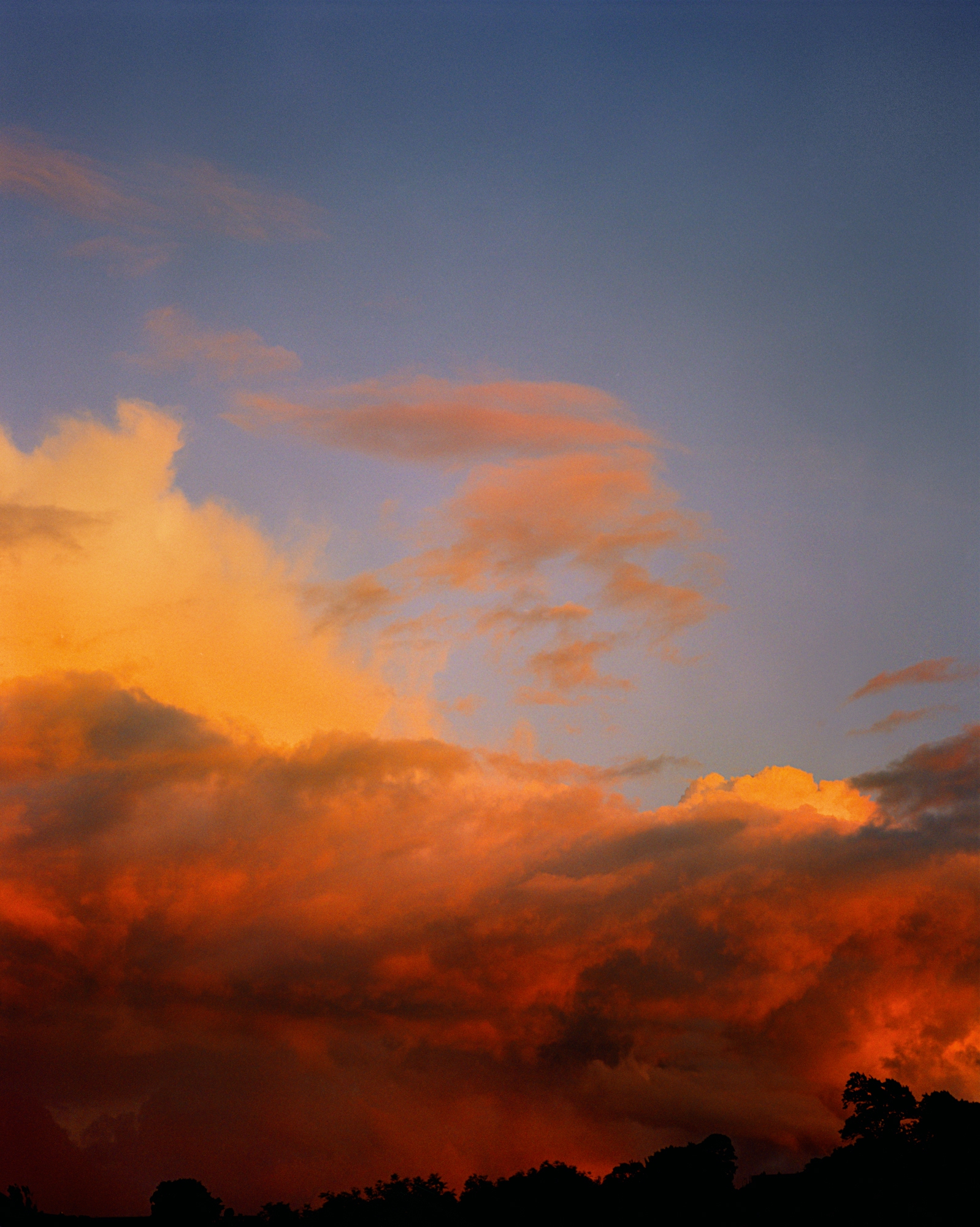

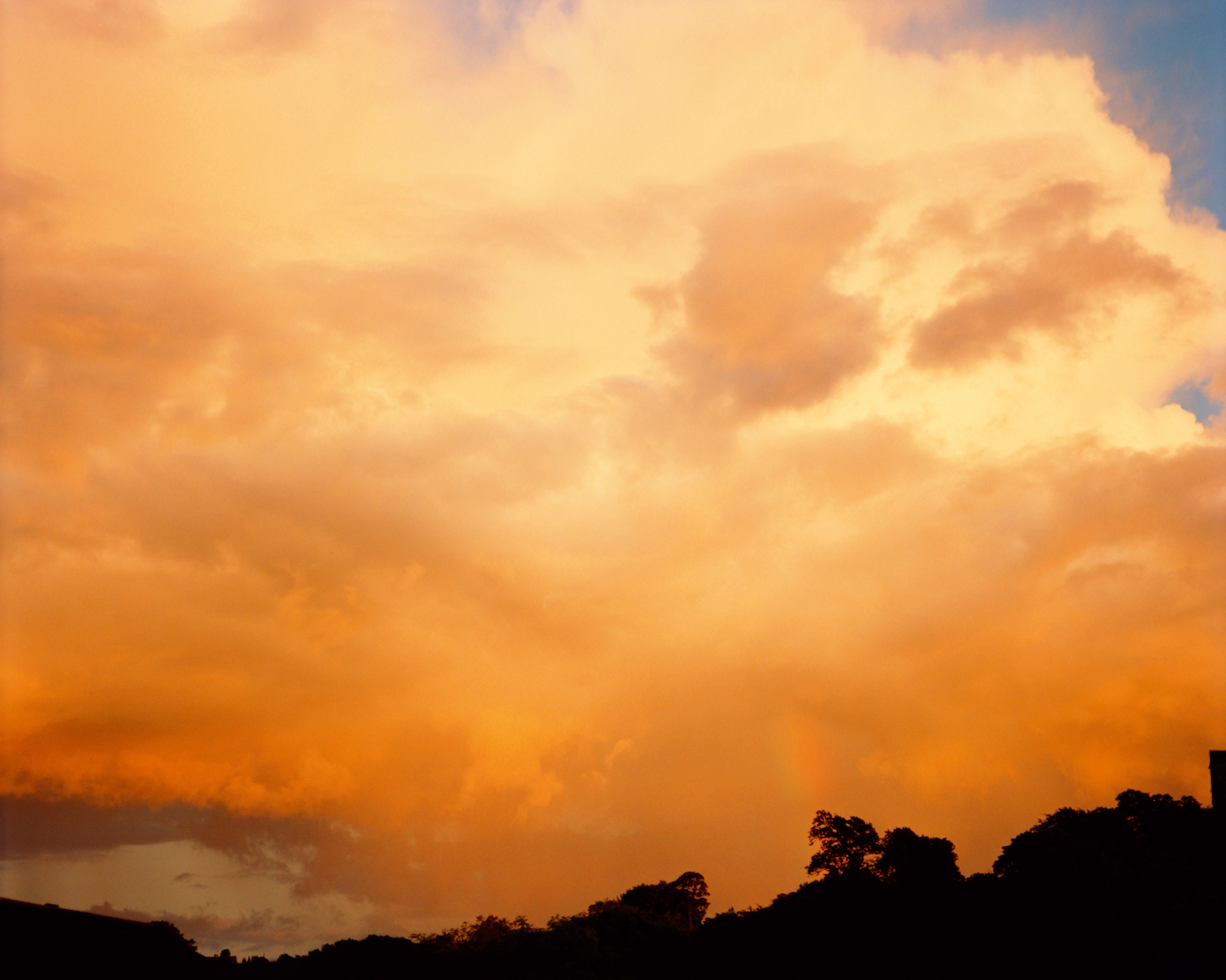





CLOSE YOUR EYES
Writer, curator and publisher Bruno Ceschel talks to artist Gareth McConnell about his recently published book, CLOSE YOUR EYES.
BRUNO CESCHEL: Both you are I were part of the 90s rave scene in England: you got involved from the very beginning of it, after leaving Ireland and moving here to pursue a career as a photographer, and I came to study in London at the end of the decade from a small town in Italy.
The first time you showed me CLOSE YOUR EYES and what you were experimenting with, these images – composed, distorted, collaged and trippy for want of better words – transported my mind back to those times I spent dancing to techno trance, and believing the world was an amazing and colourful promised land. Your images activated not so much memories but feelings, like something was chemically stimulated in some forgotten place of my brain. It was like being high on optimism, hope, and youth.
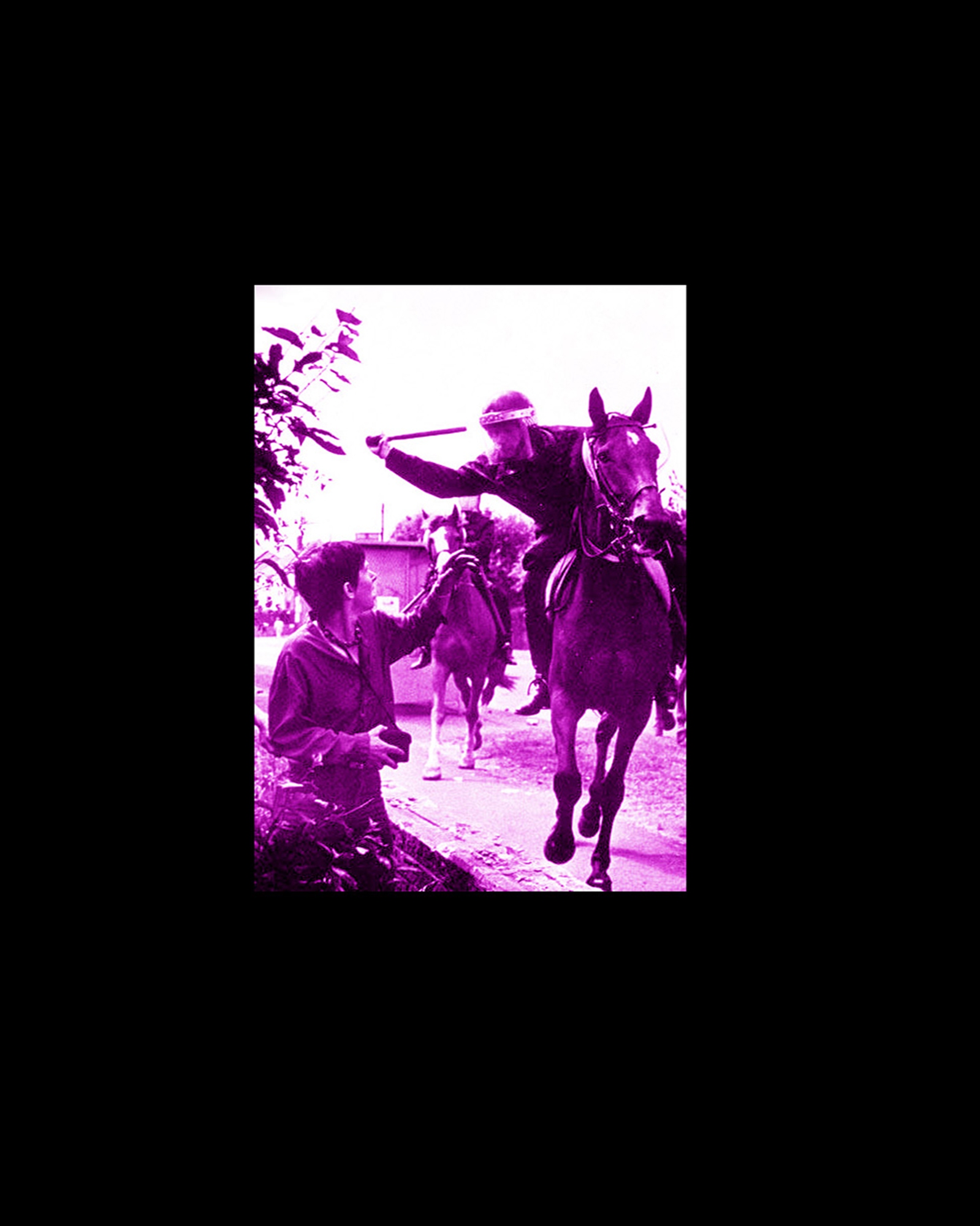
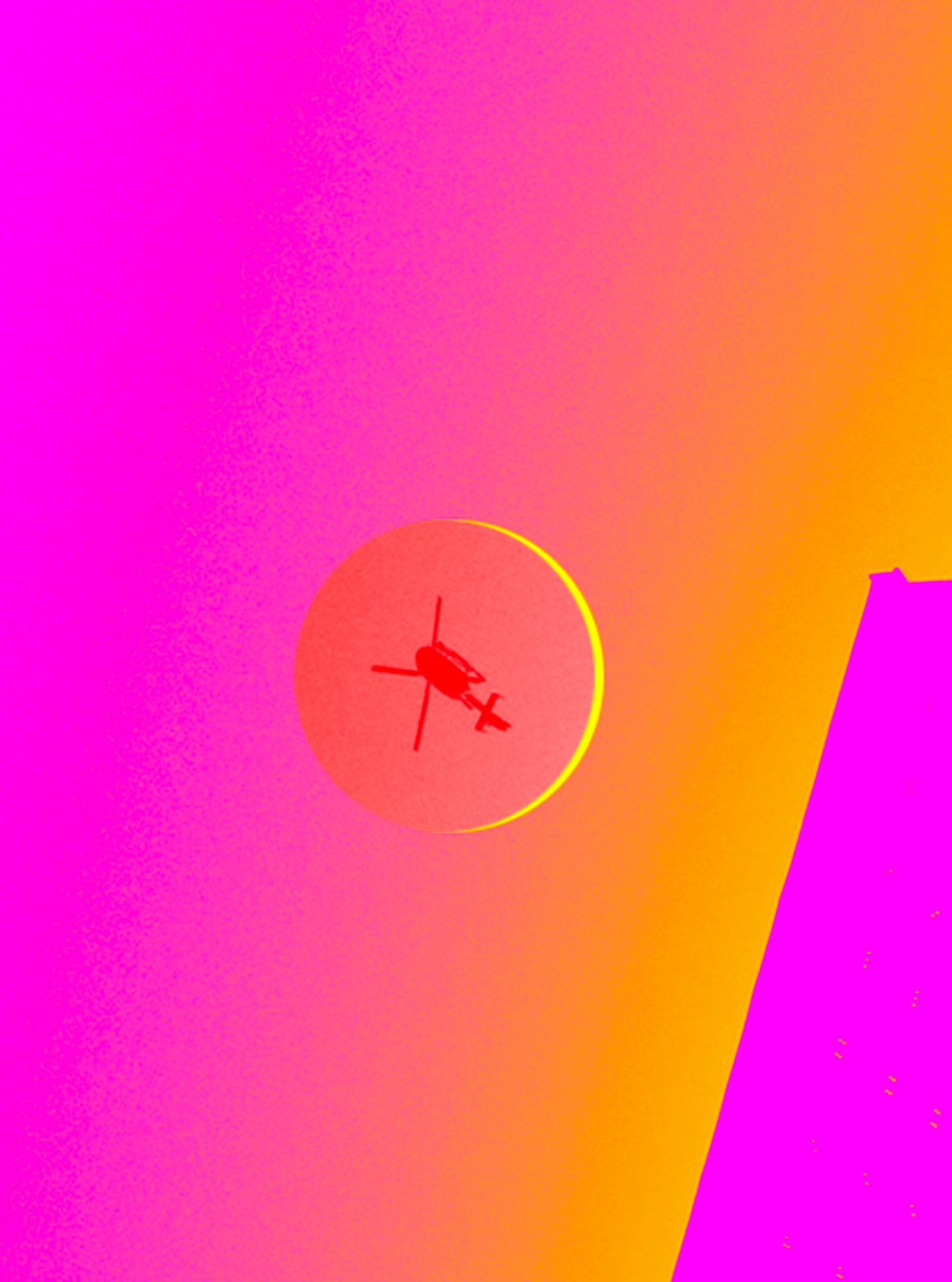
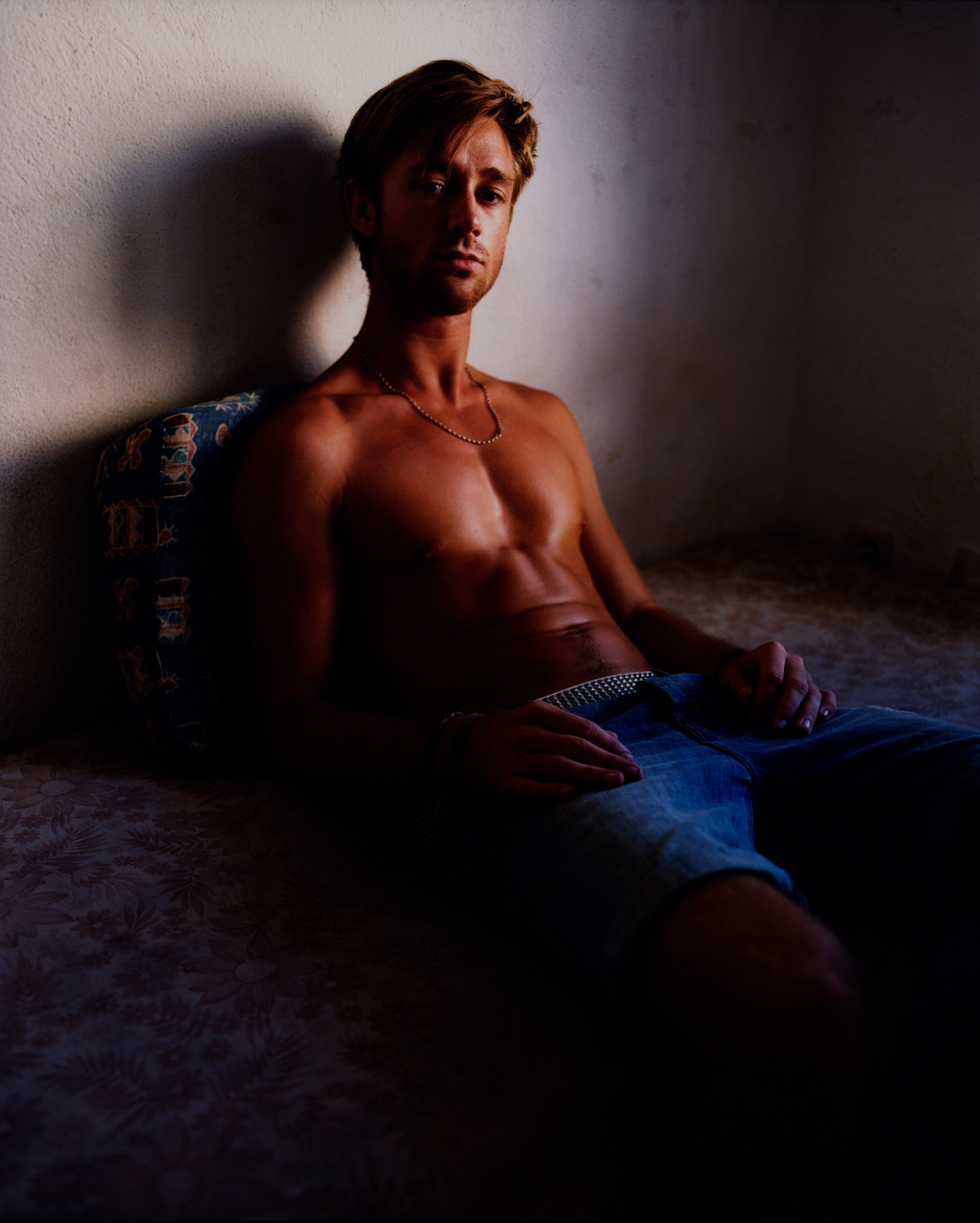
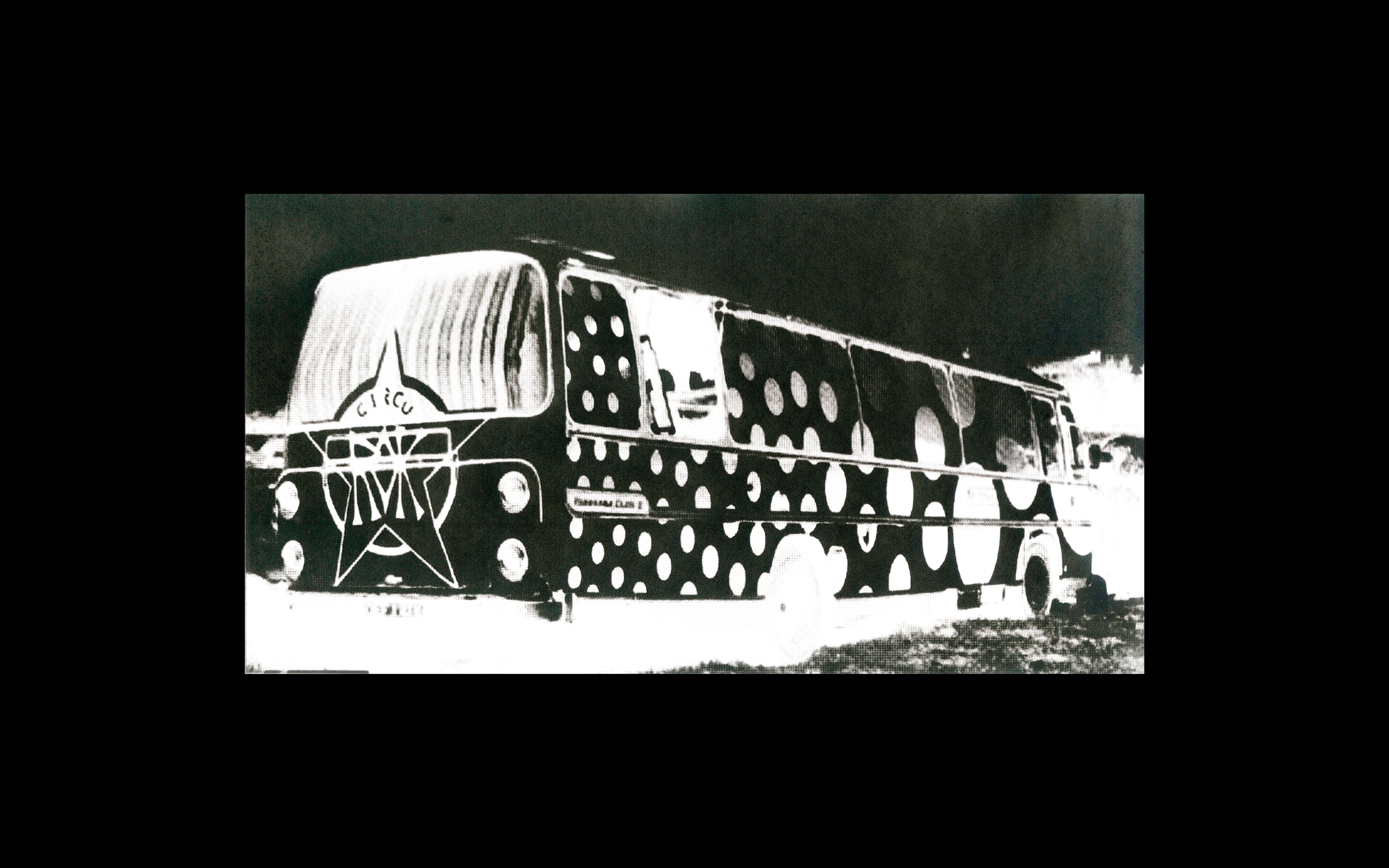
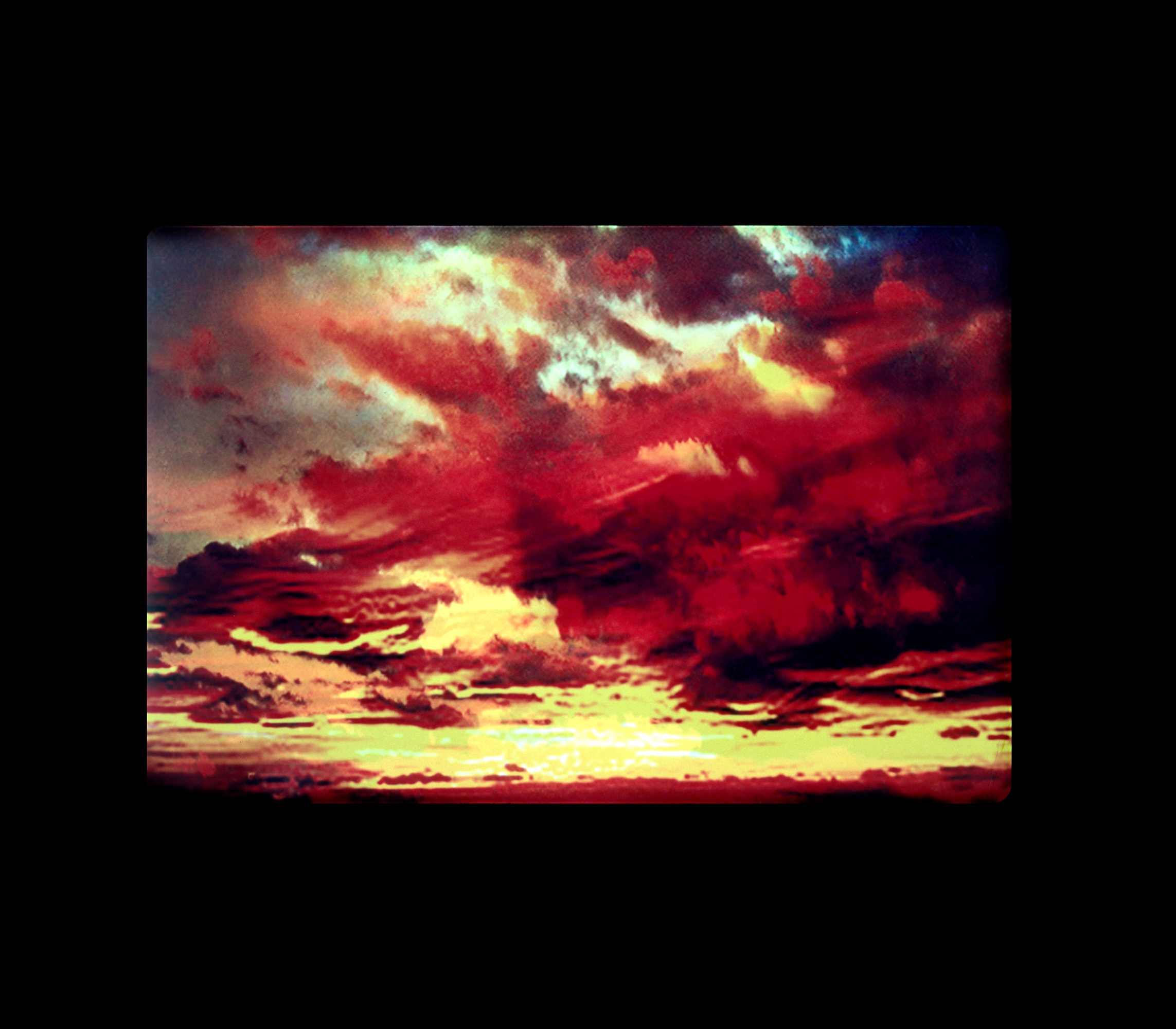
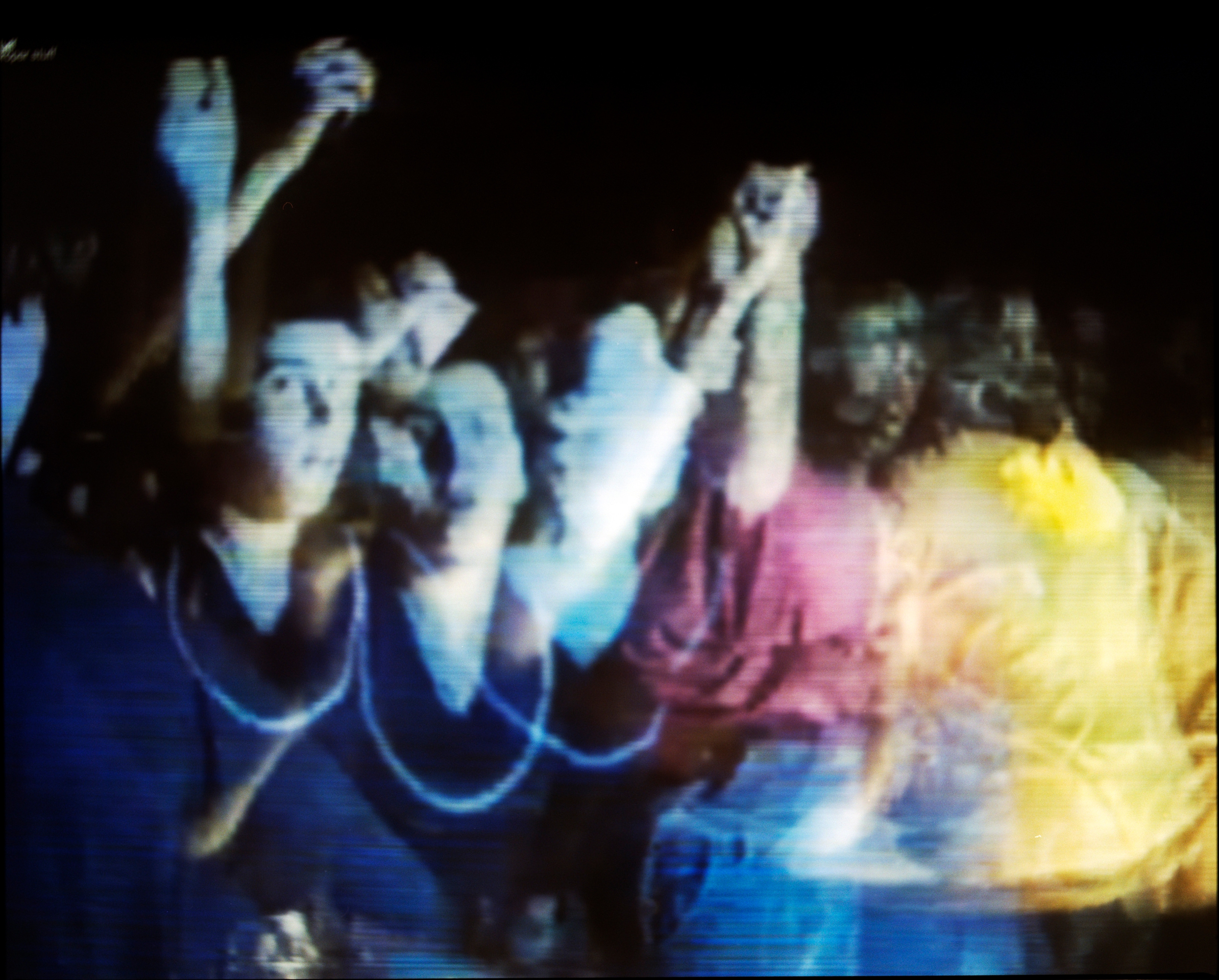
ATTEMPORALITIES
One day, if our species is still around, all of these trademarks and symbols in Doug Coupland’s charmingly unsettling image-series will be from the same time: really a long time ago. That’s one kind of atemporality, the kind afforded by the long view, by deep time. In deep time, the incremental is the insignificant. In deep time, a century is a nanosecond. Less. Our universe is located in deep time, and that’s more unsettling to any flavor of fundamentalism than is evolution. A special awareness of decades, cycles of ten circumnavigations of the sun, is indicative of a creature unlikely to experience nine decades. Subjective time, for such creatures (ourselves) is a cultural construct, and rather flexible, though its flexing, like most kinds of change, tends to make us uneasy.
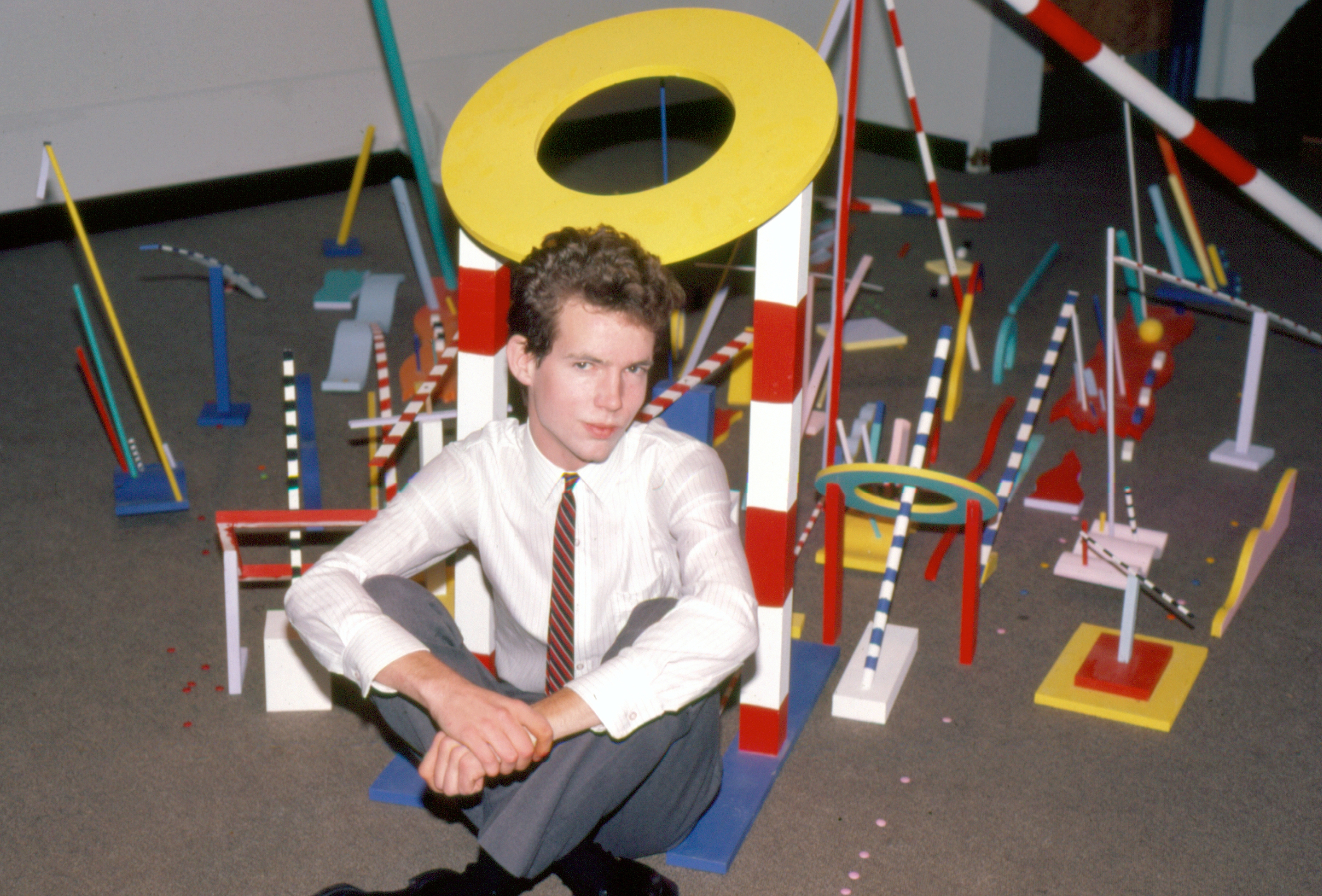
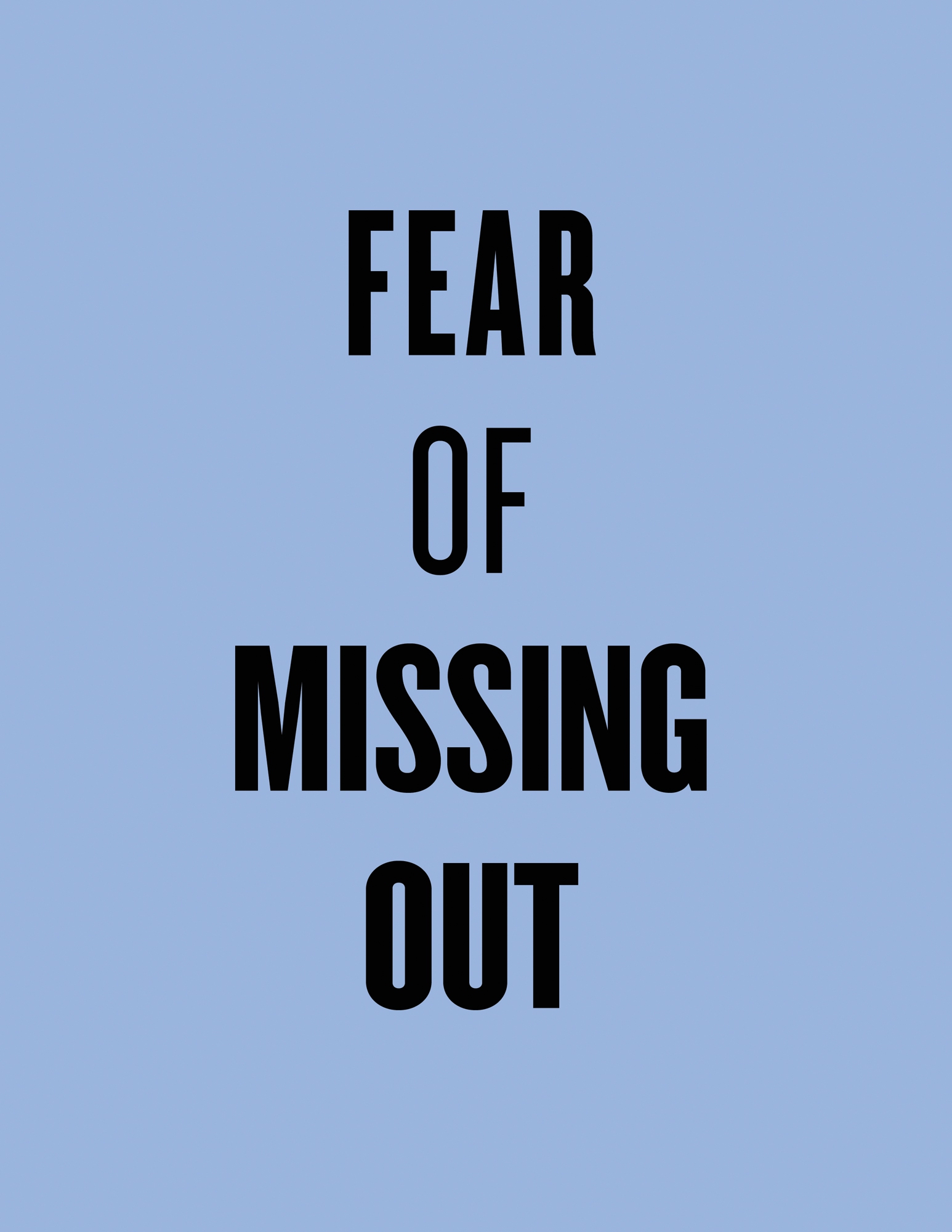
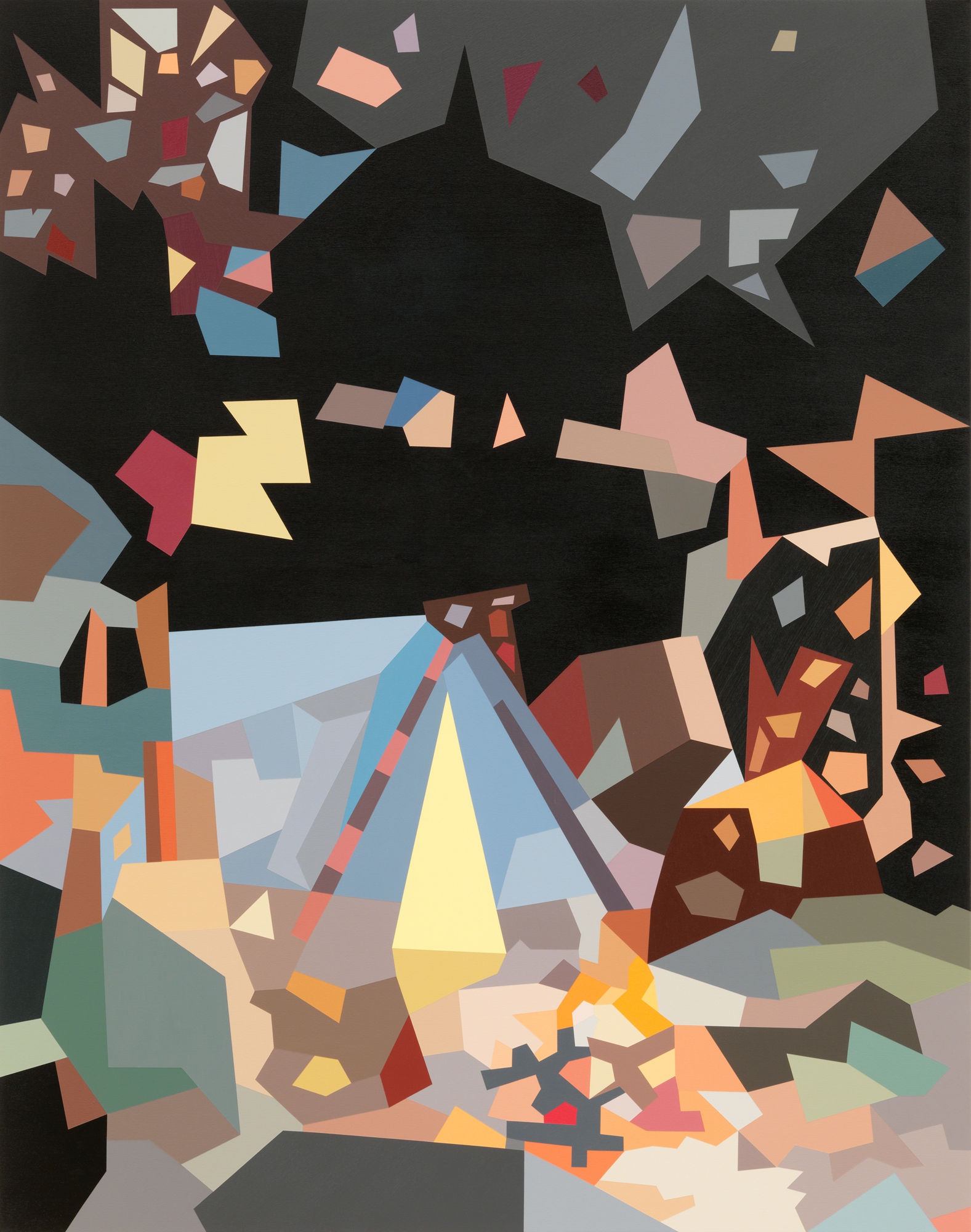
ANADIGPOSNEG
Her hands moved with an exacting precision seemingly at odds with the fluid lines she drew with the seaweed arranged across the paper as wet drawings in time for light
Takes one to know one he thought still smarting from the rebuke
a little too close for comfort
ABOUT FACE
To get a name is one of the few things that cannot
be bought. It is the free gift of mankind, which must
be deserved before it will be granted.
(Samuel Johnson, The Idler)
In 1980 novice runner Rosie Ruiz took a sizeable shortcut whilst competing in the Boston Marathon. Consequently, she placed first in the female category that year, crossing the finishing line in just over two and a half hours; a race time that would have been the fastest for a female athlete in Boston Marathon’s history as well as the third-fastest female time ever recorded in any marathon. Doubts about the veracity of the win were soon raised. Spectators and runners alike stated that they could not recall seeing Ruiz during the race, whilst sports commentators found her untrained physique puzzling. After an investigation, Ruiz was disqualified, and the winner’s medal was quietly conferred to Jacqueline Gareau in a discreet ceremony a week later. In 2005, twenty-five years after the event, the home straight of the marathon was re- staged sans Ruiz, with 3000 spectators attending the scene to watch and cheer as Gareau was photographed breaking the tape at the finishing line – a gesture to finally and symbolically correct the wayward narrative of the 1980 race. Even as simulacrum the act mattered; it was the performance – the face of it – that supplied agency. Ruiz maintains her innocence to this day.

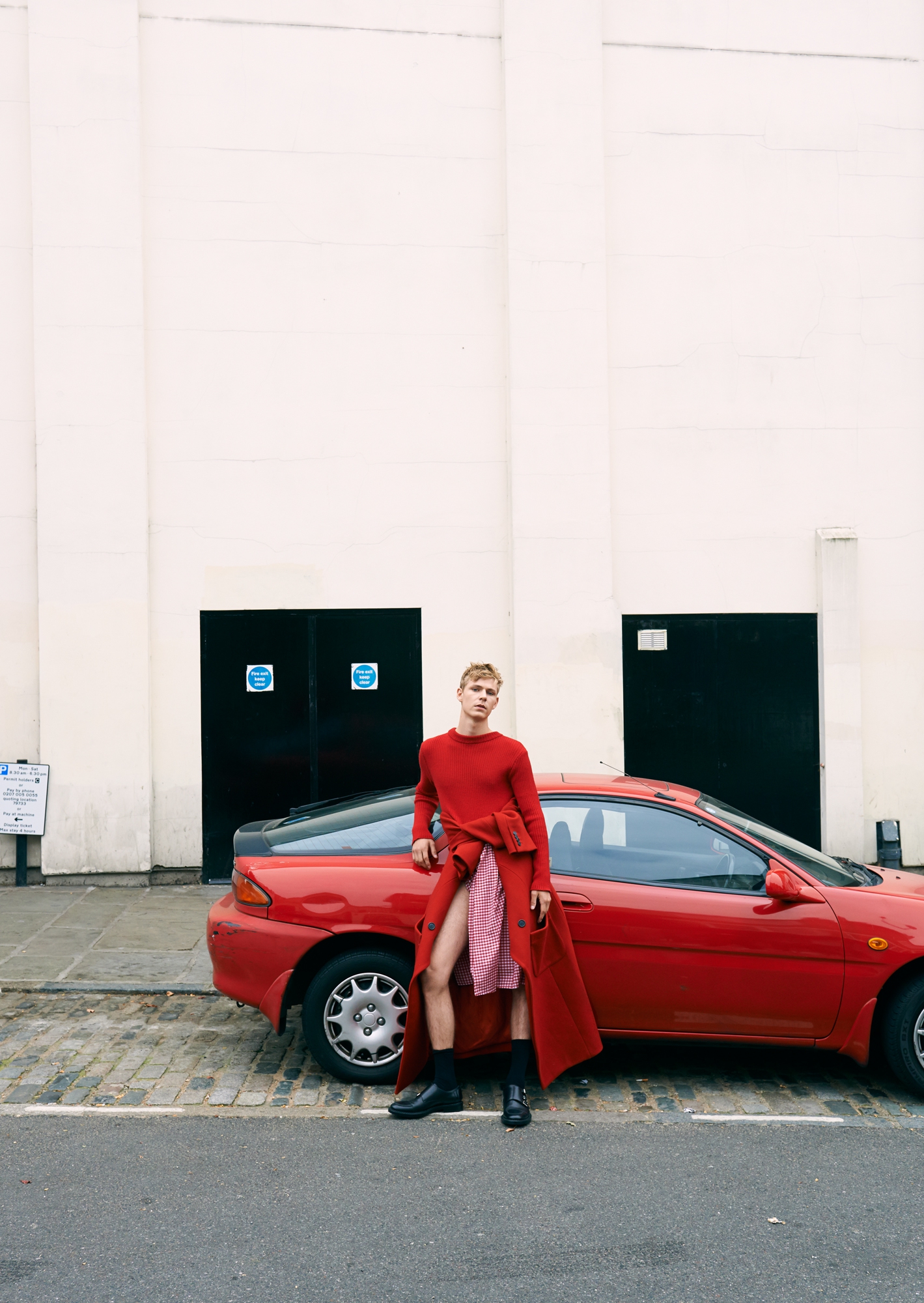


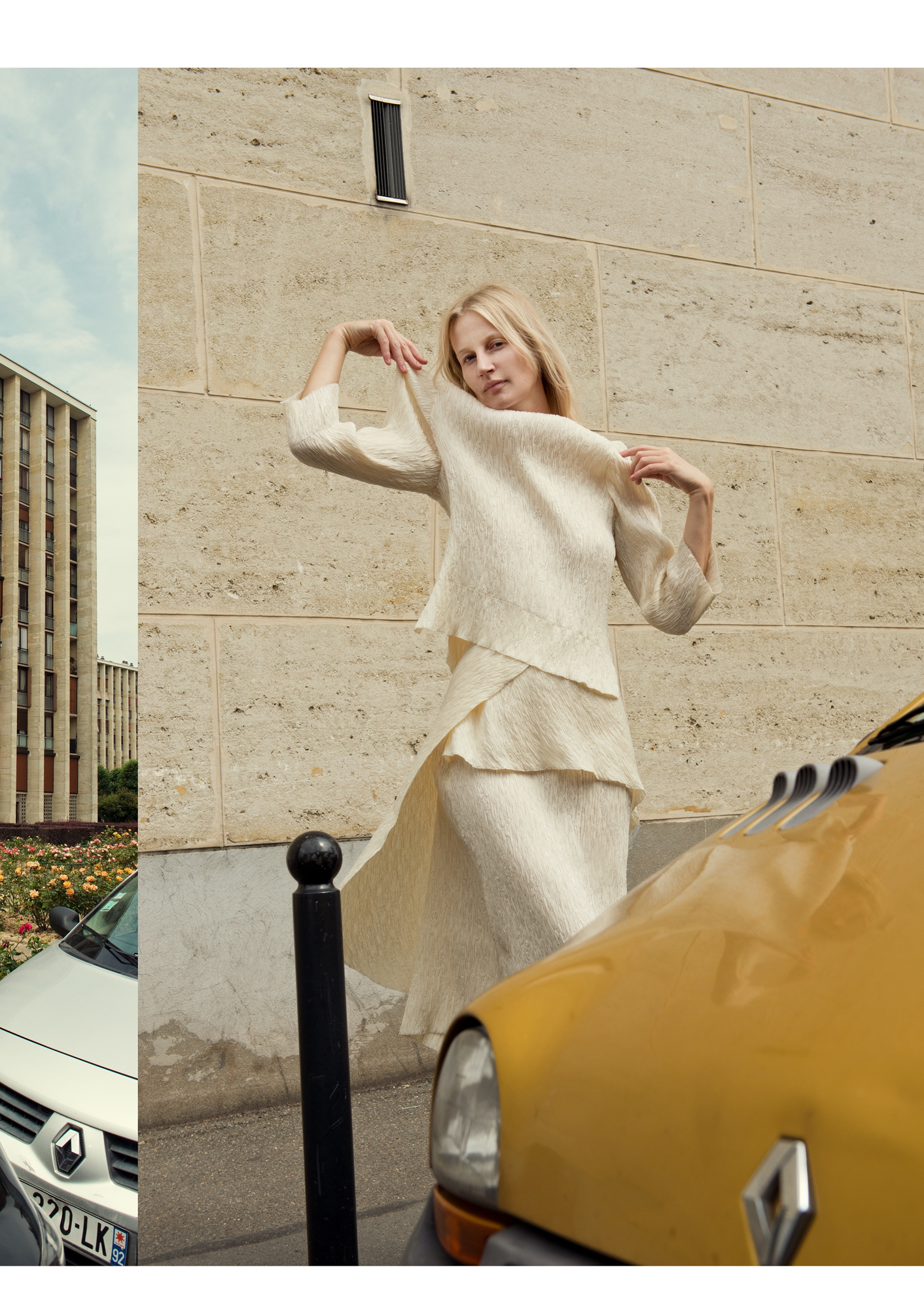
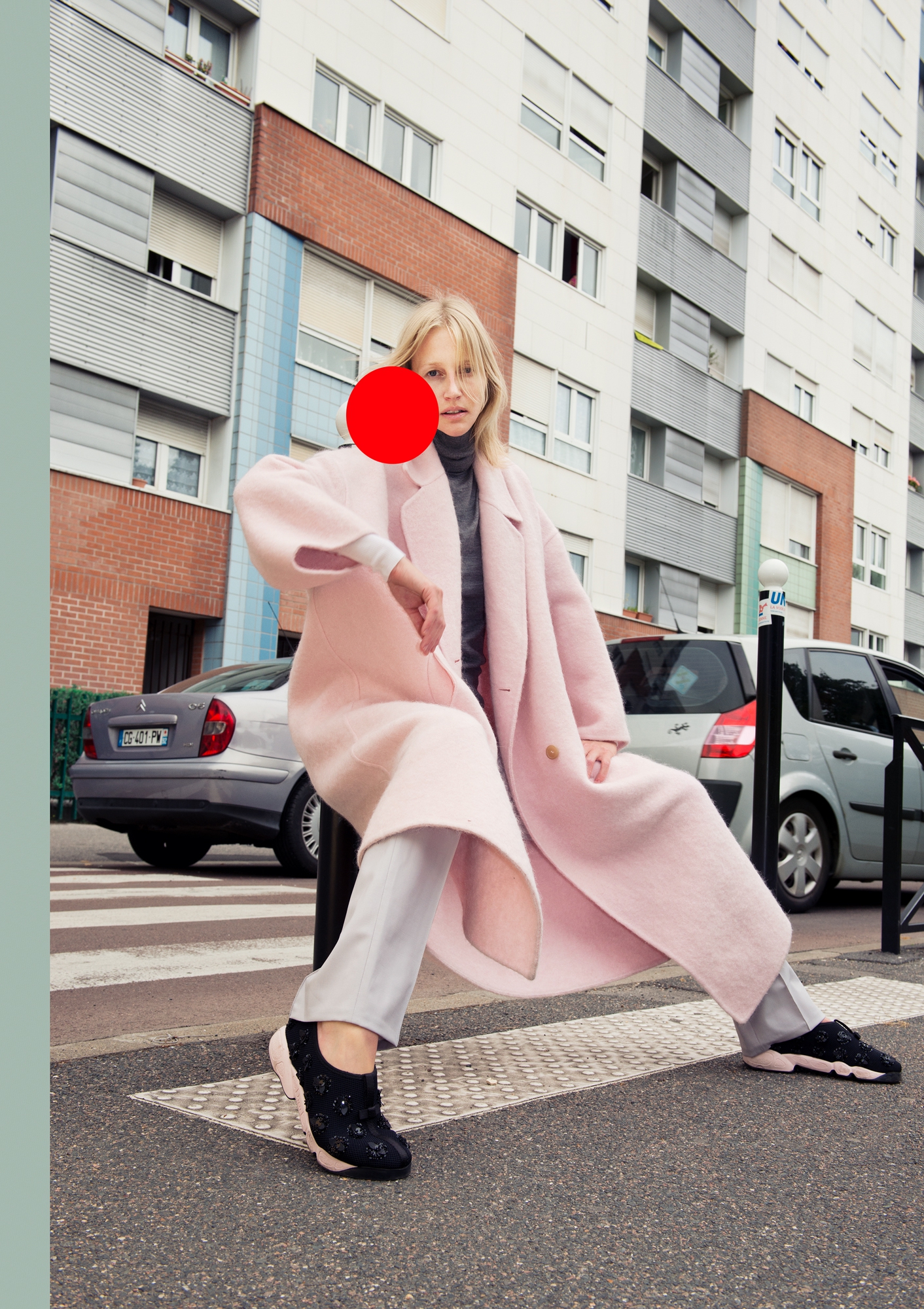
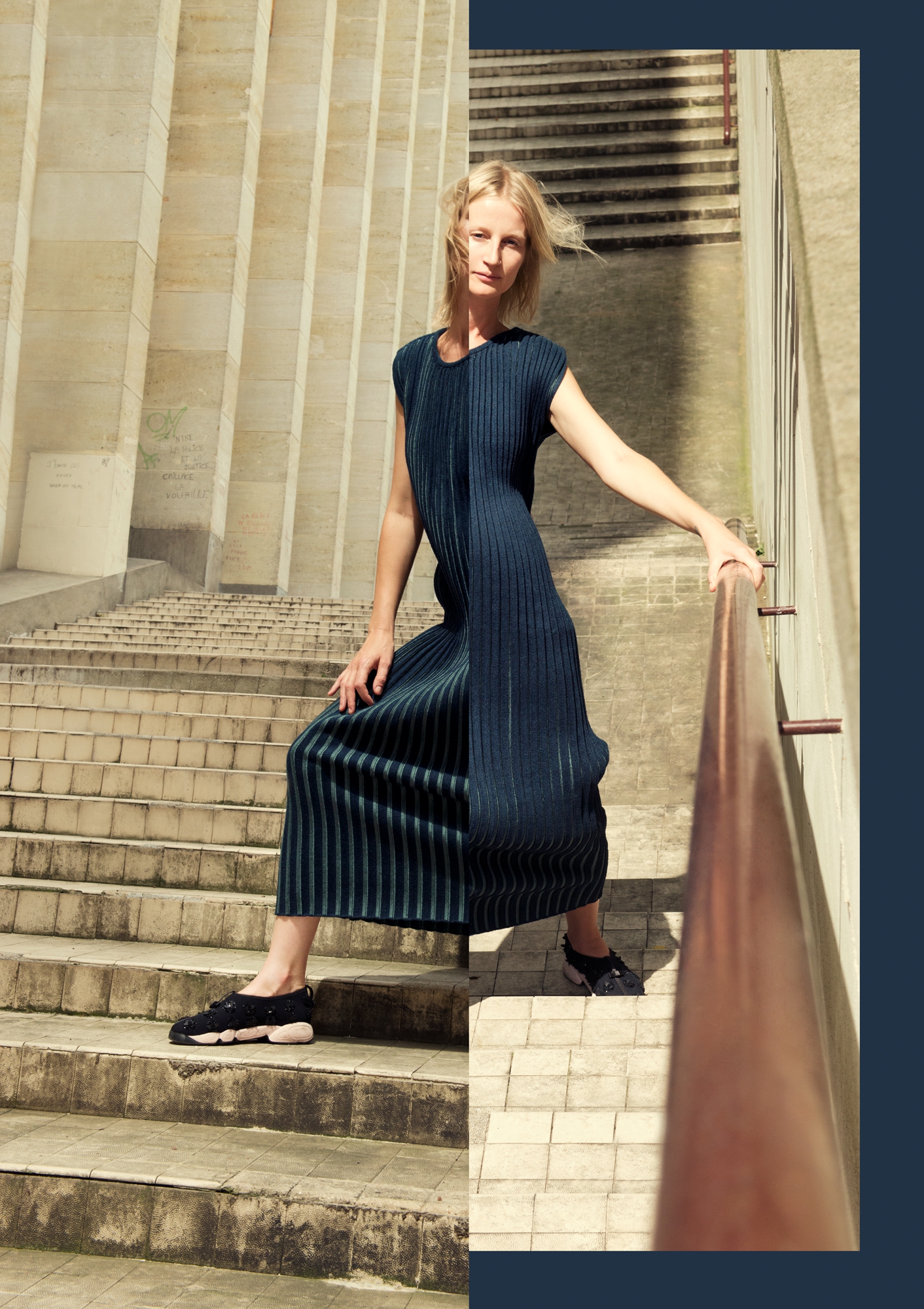
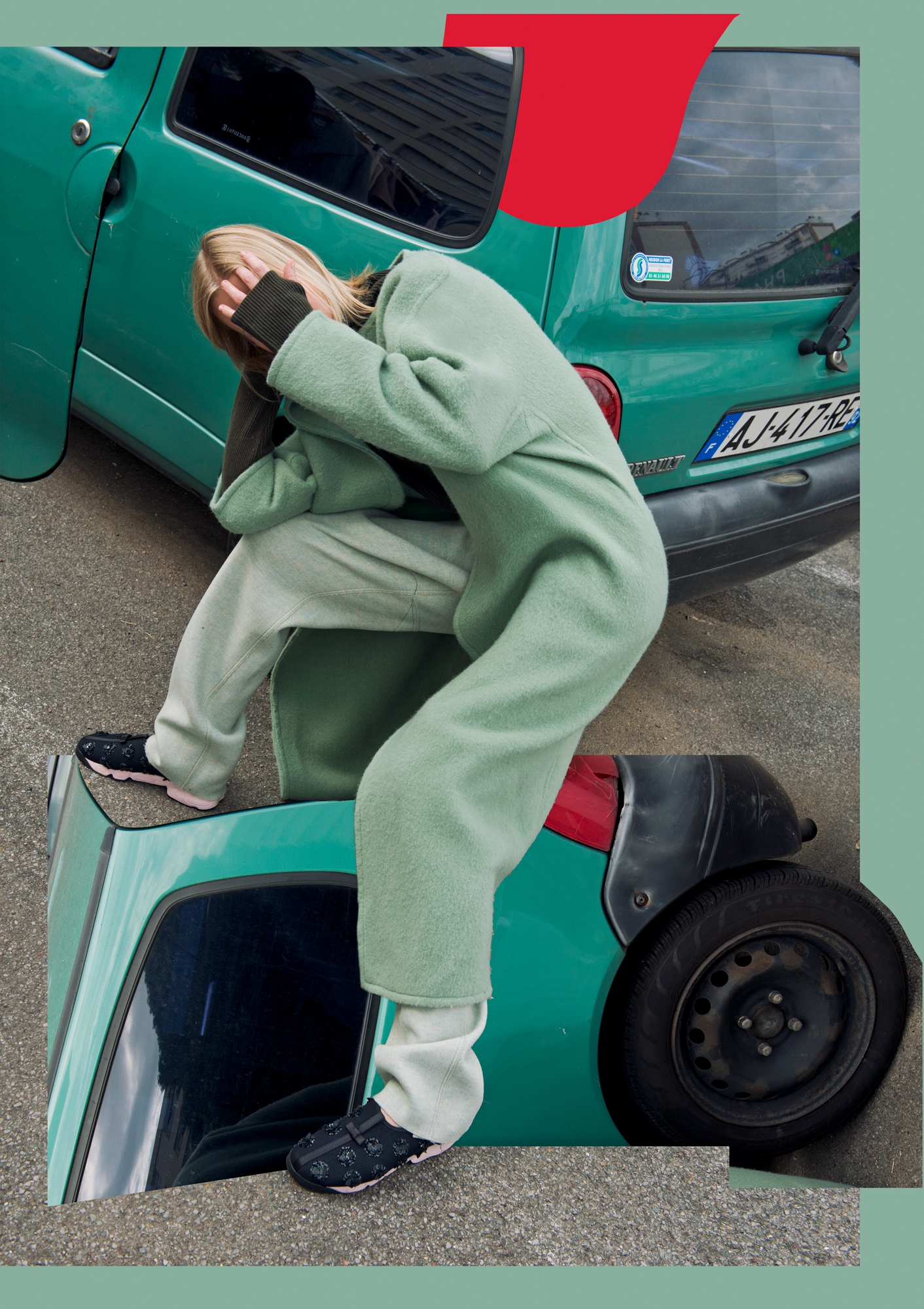
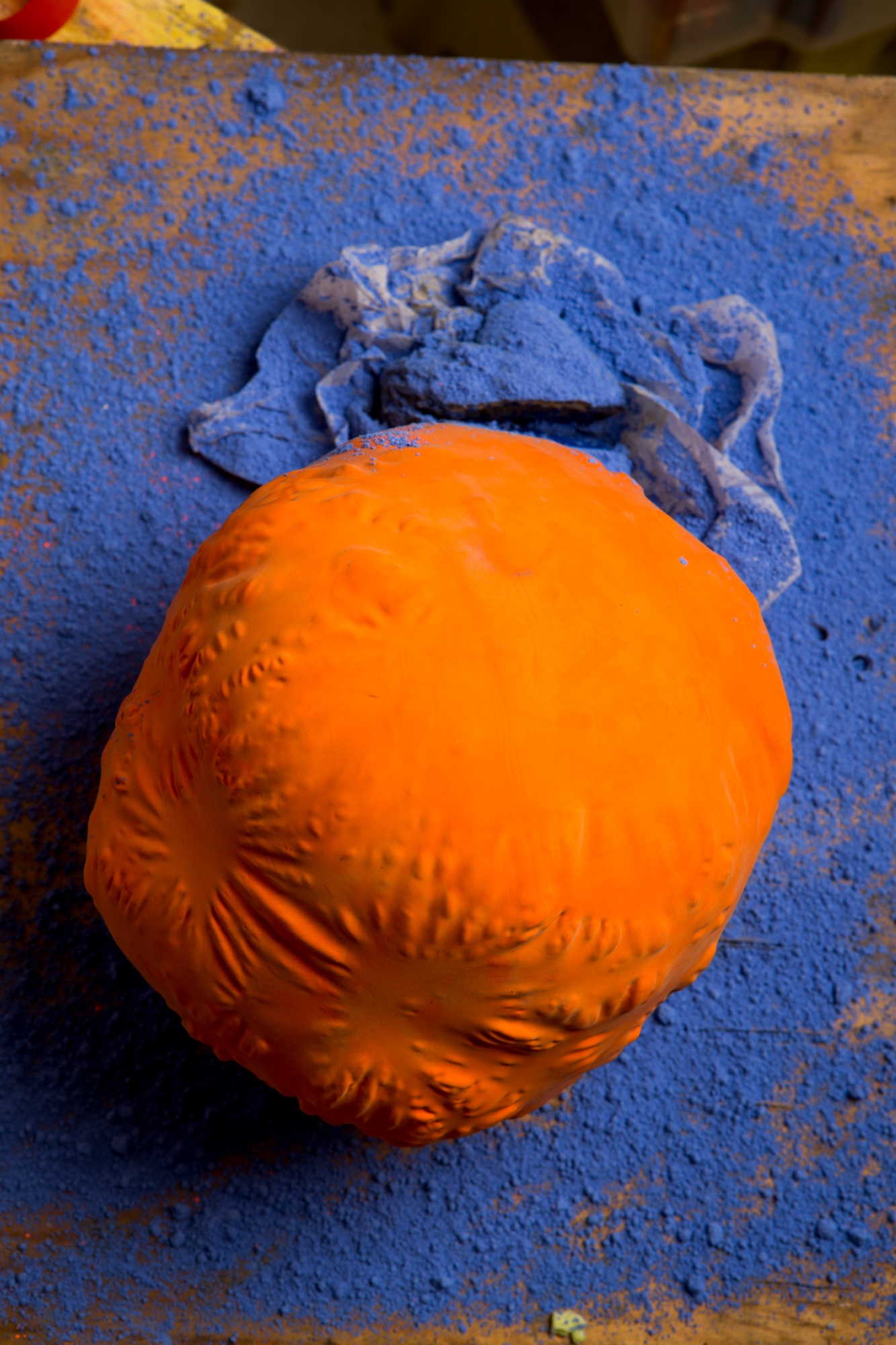
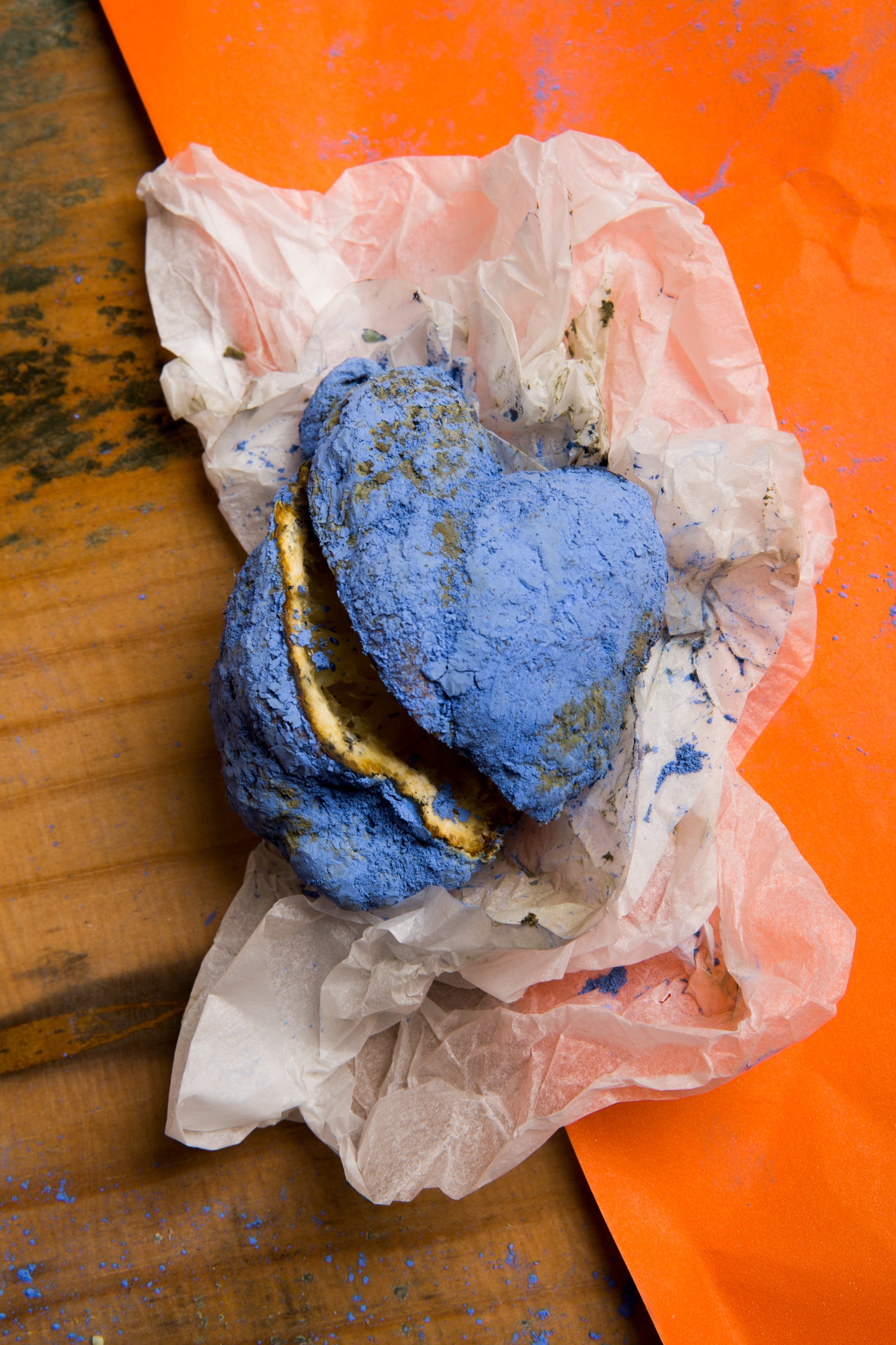
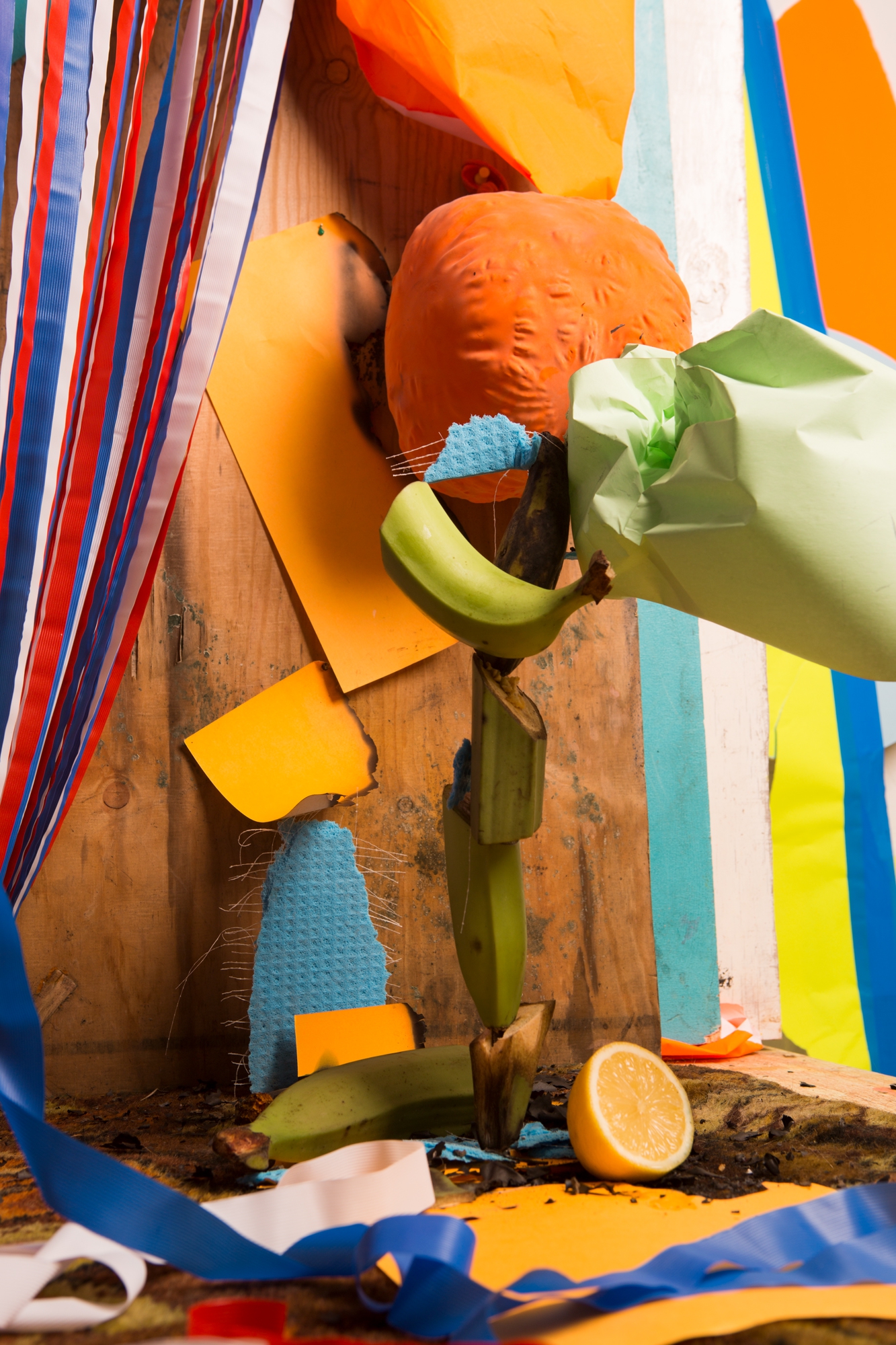
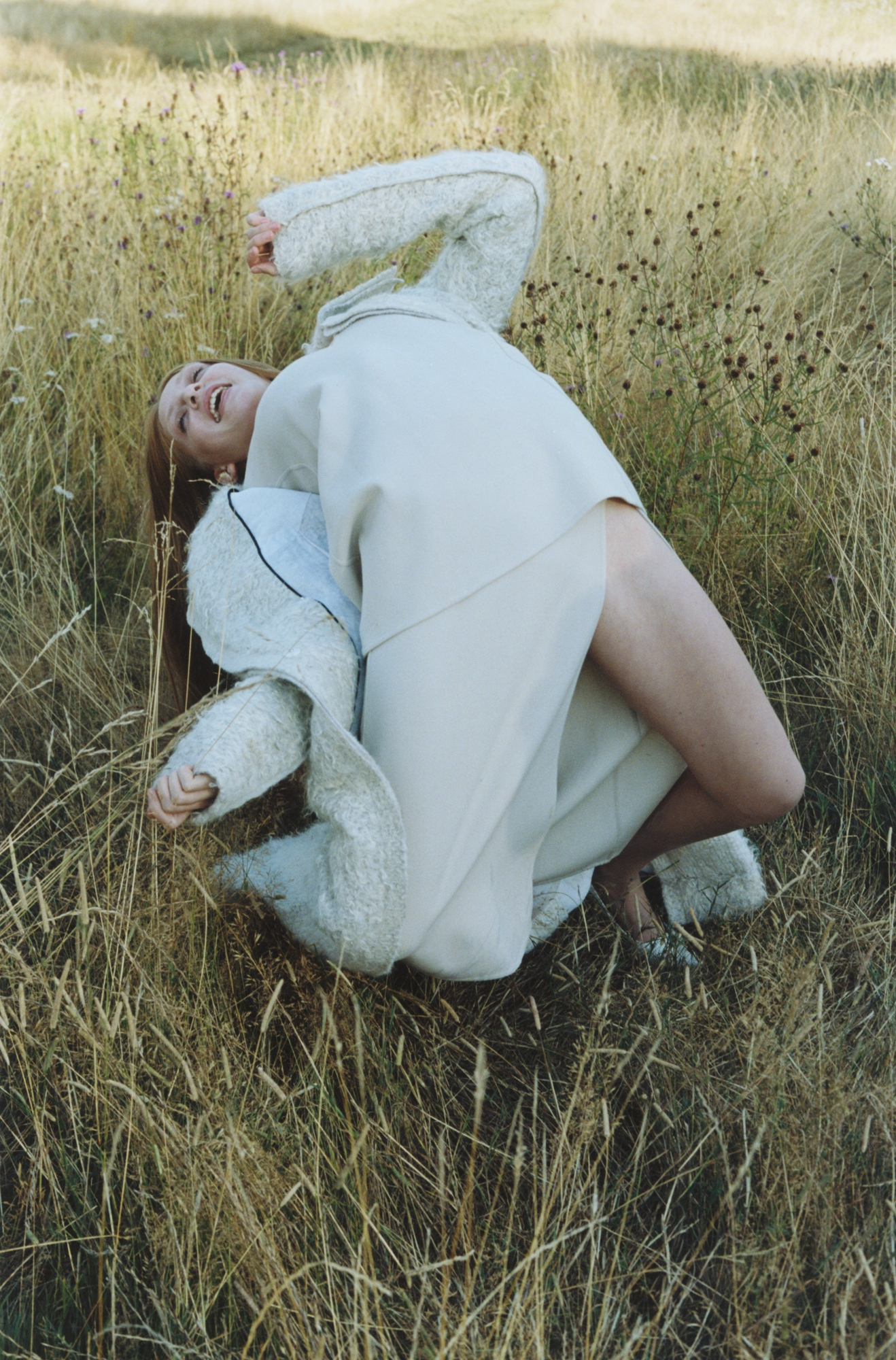
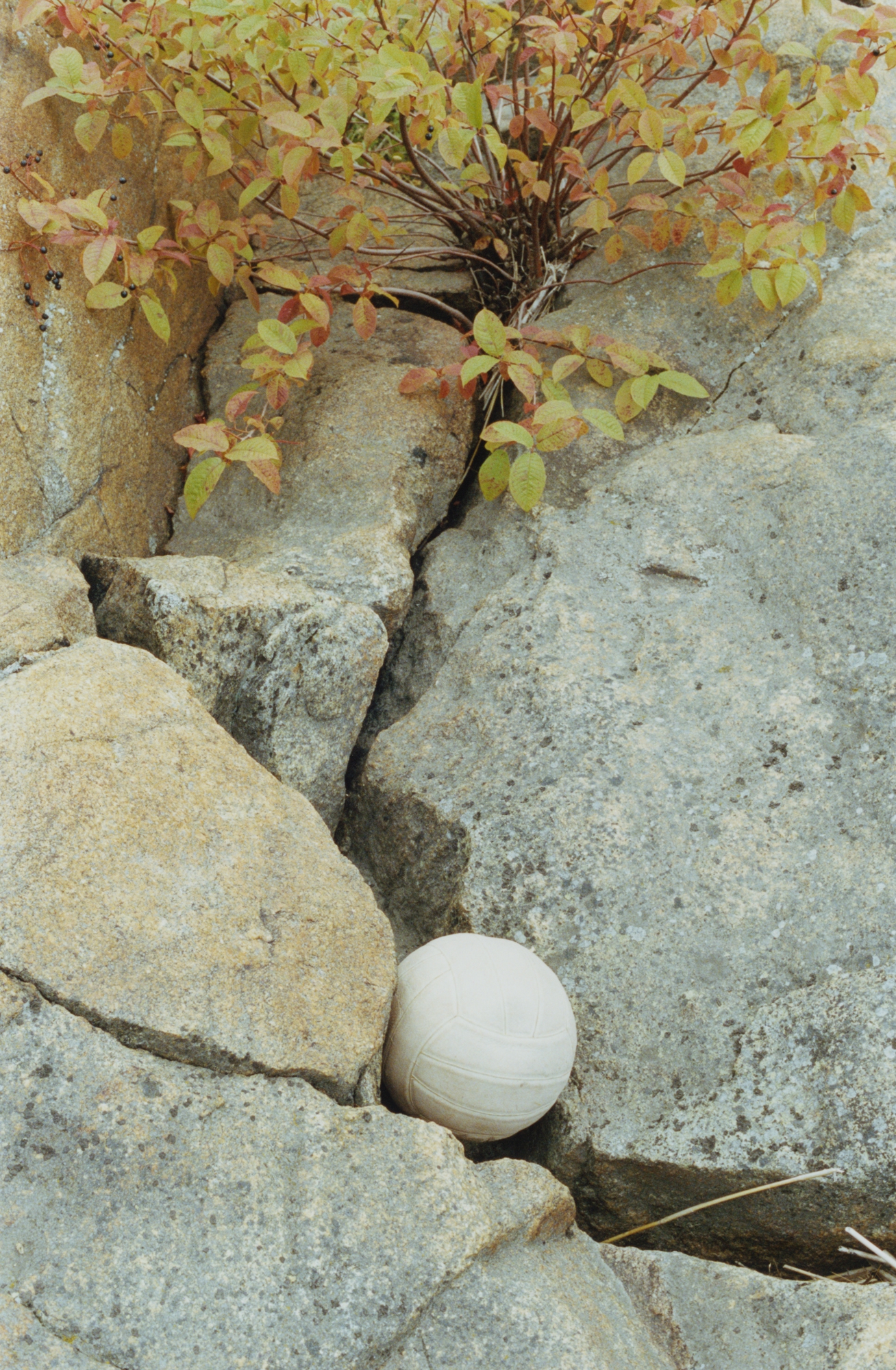
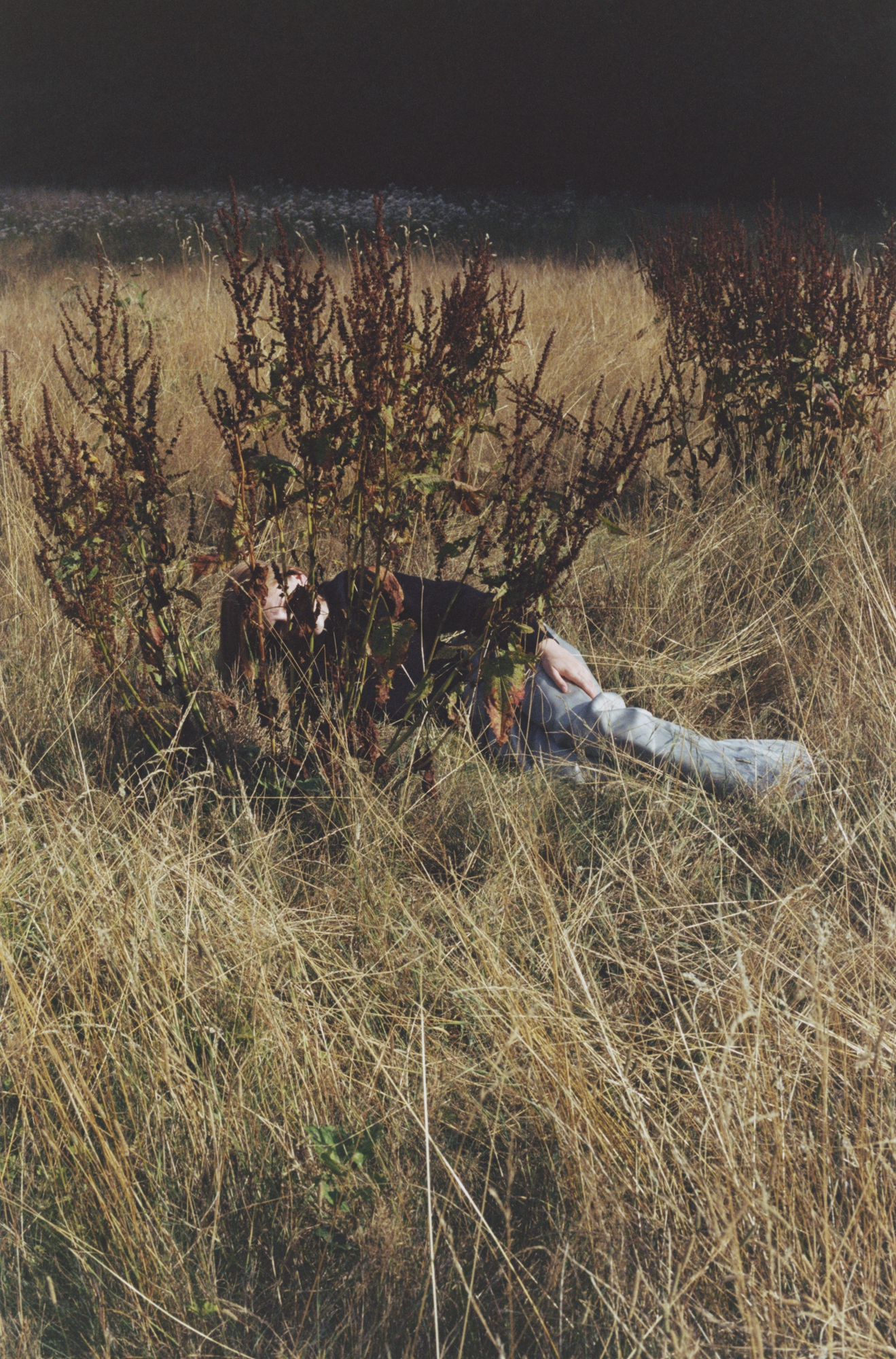
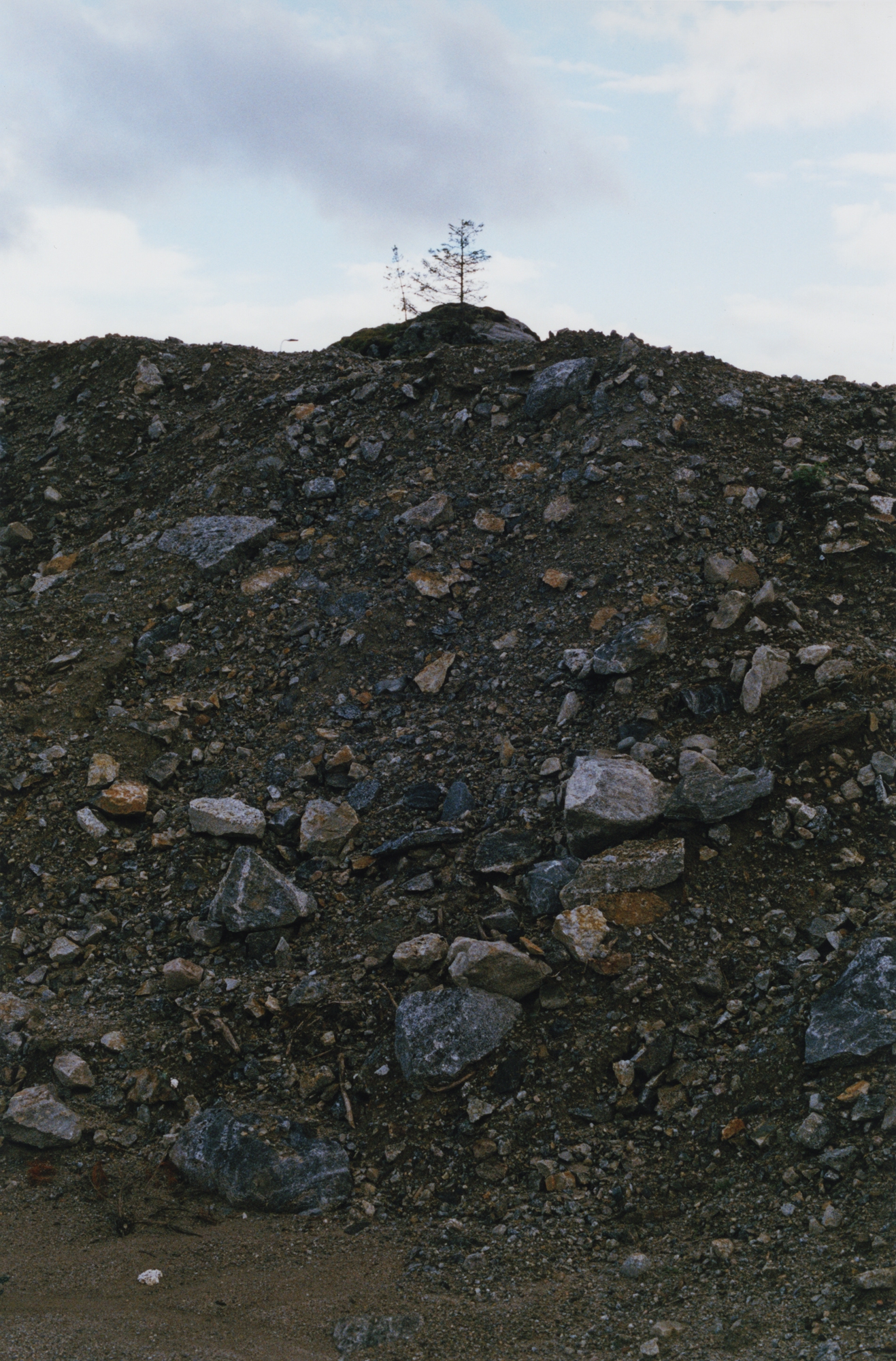

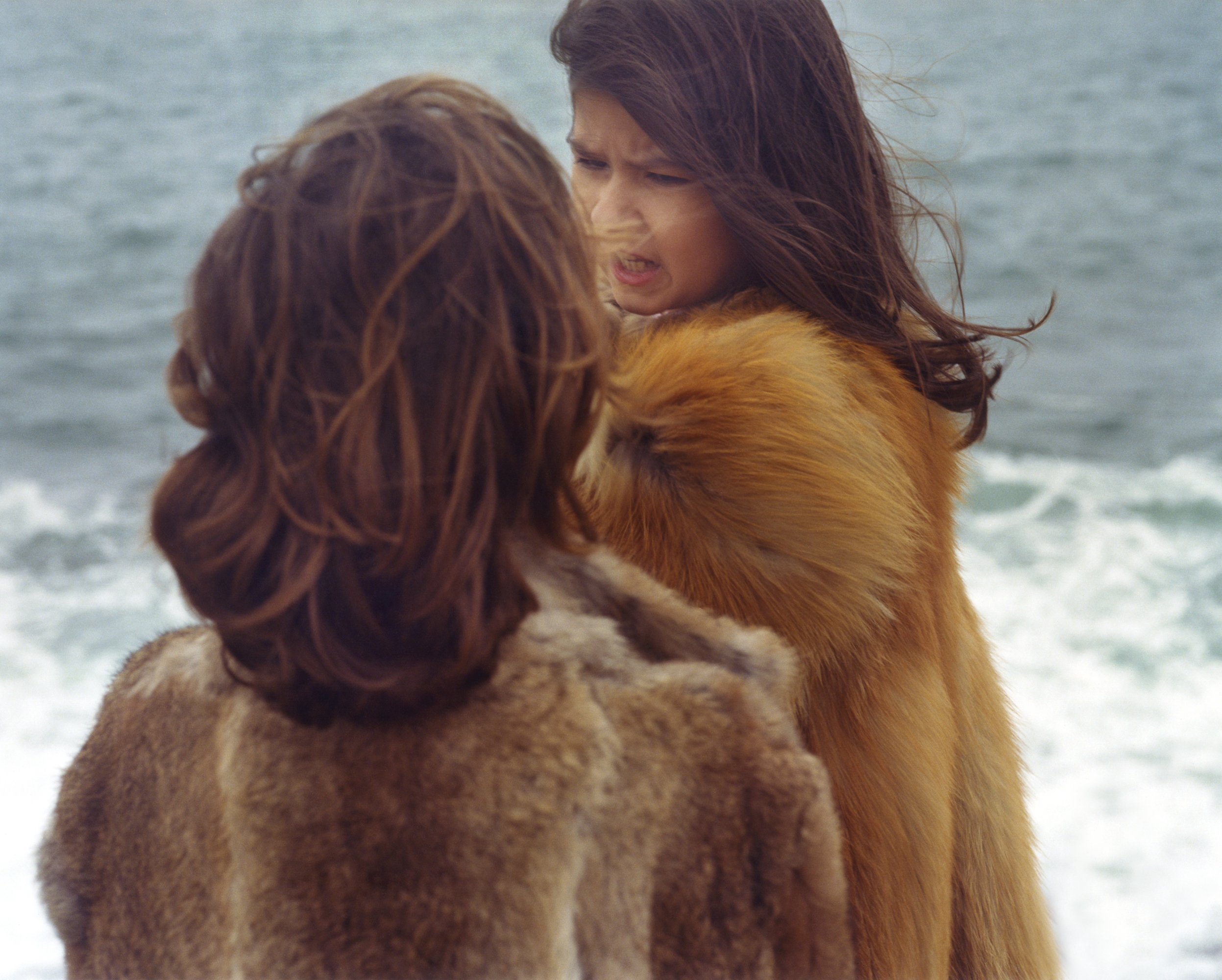


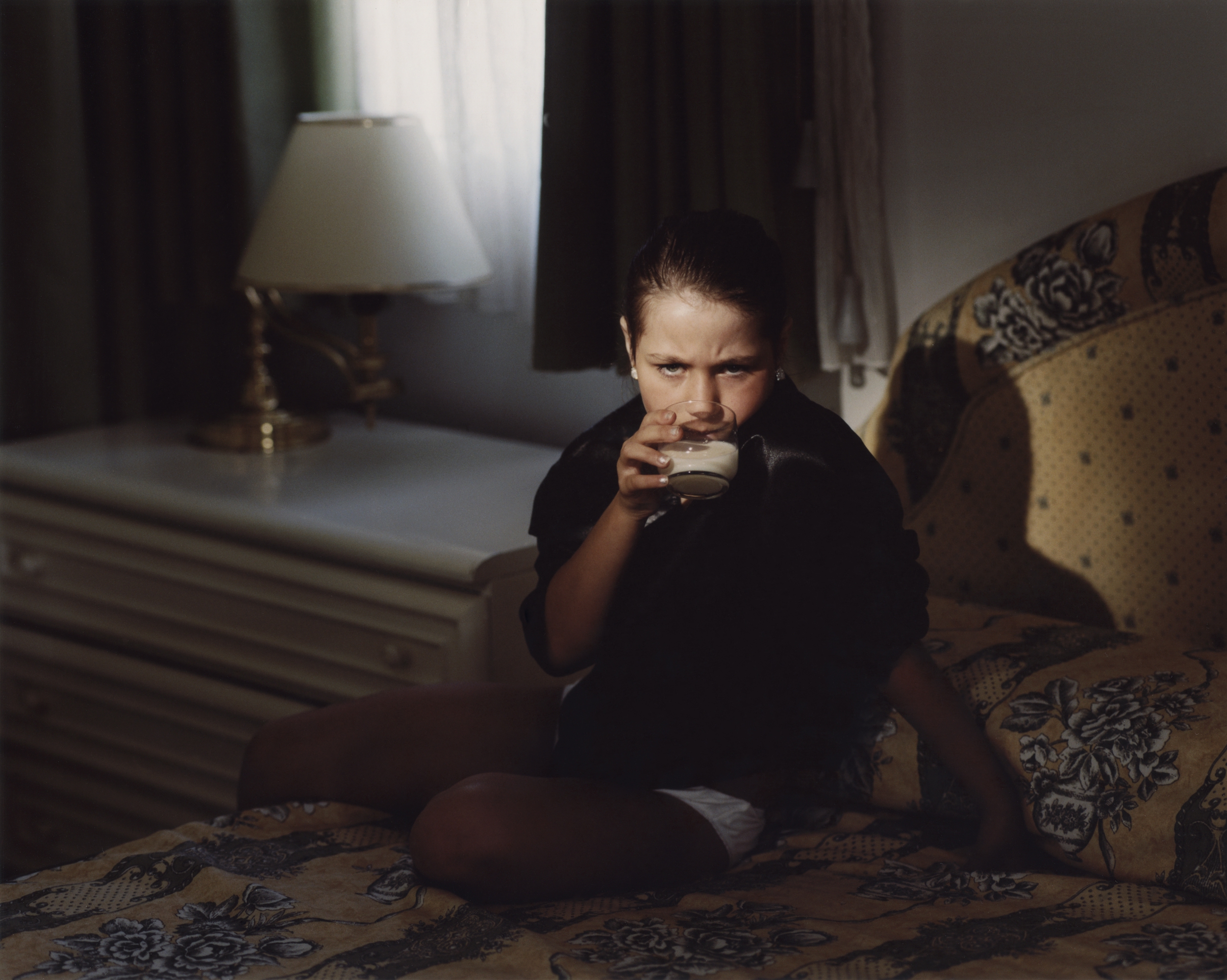
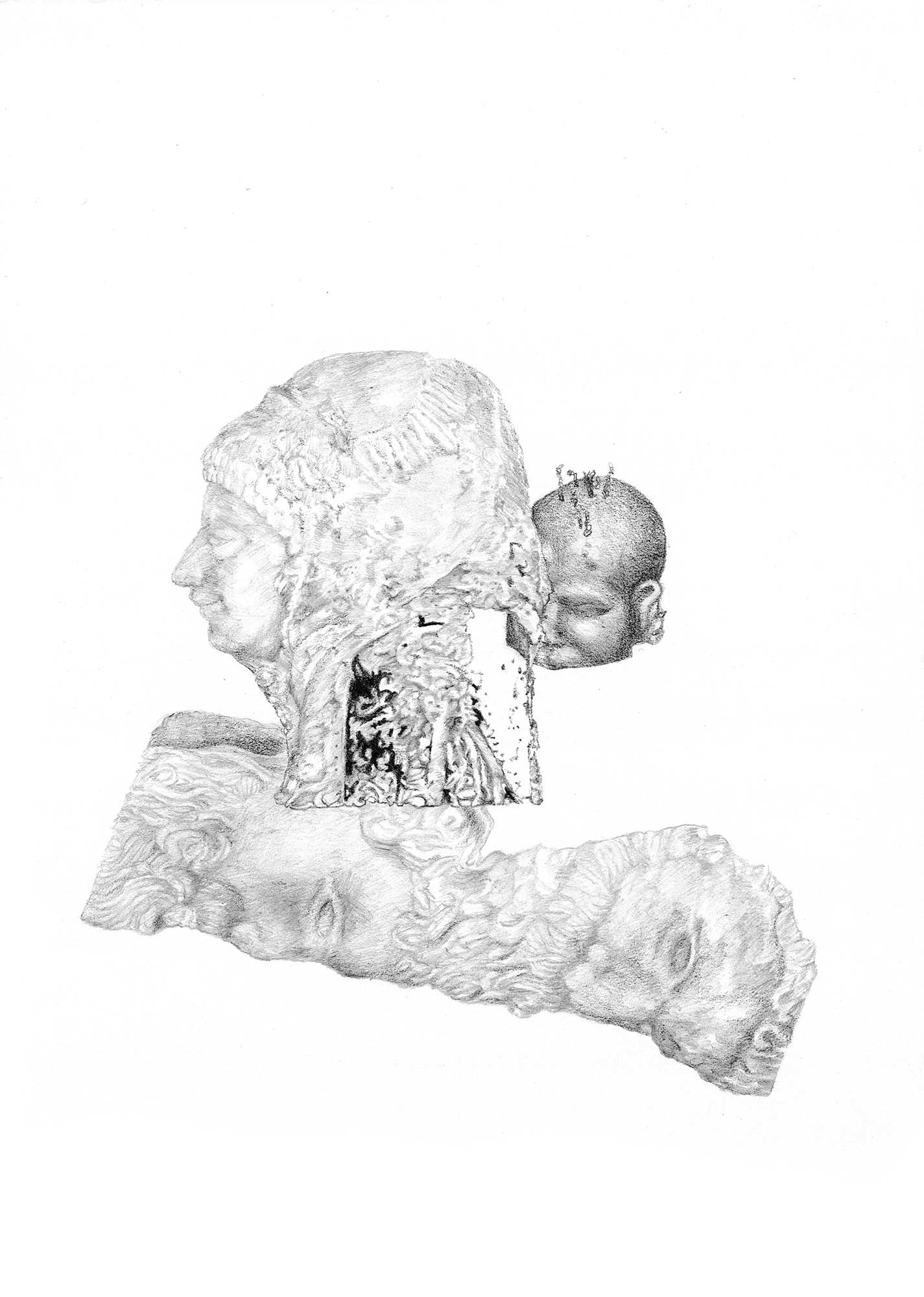
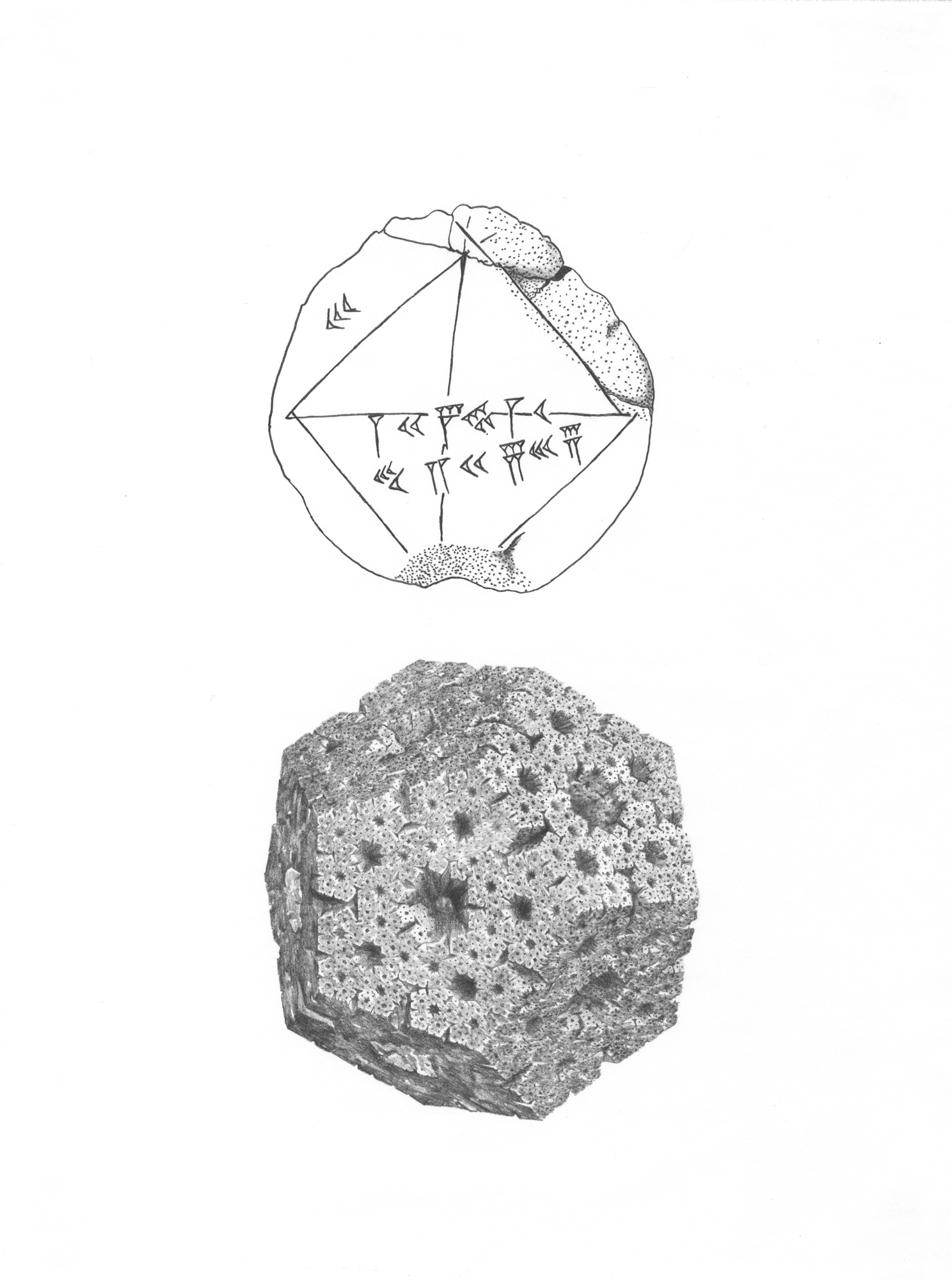
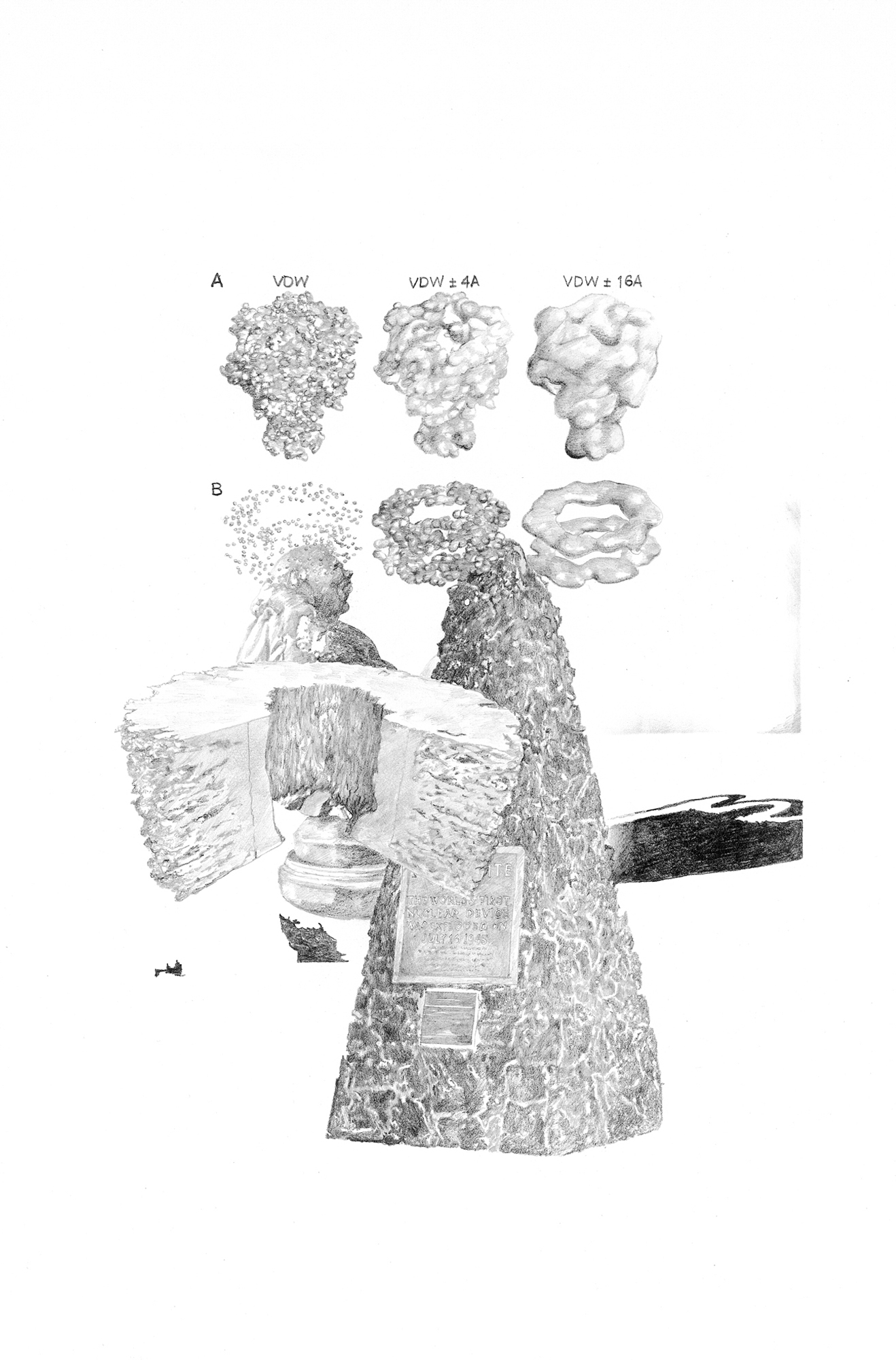

THE UPLOADED SELF: A BOOK OF THE DEAD
'...even this spider and this moonlight between the
trees and even this moment and I myself.’
(Friedrich Nietzsche, The Gay Science)
I
‘Libraries will in the end become cities, said Leibnitz,’ observes Georg Lichtenberg in Notebook C of his Sudelbücher – and both now seem destined to become ruins. In a secret labyrinth of tunnels and security zones excavated deep into the Swiss Alps, European researchers deposit a ‘digital genome’ designed to preserve the world’s data processors together with their programming. Code written in stone lasts much longer than that which is encrypted onto discs, tapes or drives. ‘In 25 years people will be astonished to see how little time must pass to render data carriers unusable because they break or because you don’t have the devices anymore,’ reflects one of the project partners.
THE IMAGE ATLAS IN MOTION
Google search expresses it clearly enough: Aaron Swartz’s name finds its place among other visionaries of the age of post-ignorance Internet, among them, notably, Chelsea Manning and Lawrence Lessig. This motley gathering – idealists, skeptics, and whistleblowers – appears in the ‘Knowledge Graph’ to the right of the browser, a feature Google introduced in 2012 to enable its users to ‘go deeper and broader’ with their researches. American artist Taryn Simon’s collaboration with Swartz on The Image Atlas, a project they began after the latter’s attention had shifted almost exclusively towards activism for freedom of information on the Internet, is not immediately apparent. So it is: conditions of Internet visibility or, on the contrary, invisibility, and every latitude in-between, along national lines, is signal to this work.
SLIGHT RETURN
Despite suffering from a psychosis so intense she has spent the last 38 years living in a Tokyo psychiatric unit, Yayoi Kusama remains one of the best known and most visible contemporary artists today.
Obsessively serial and fundamentally psychedelic, Kusama’s work across multiple mediums is undeniably an extension of her unique state of mind. A profound immanence marks her work; between her personal experience and its projection as form there exists little in the way of a barrier or border.
These days as much a brand as an artist, where her criticality lies in relation to her market is sometimes not easy to establish. What is clear is that her career represents a seven decade long derangement of the senses, both her own and those of her audiences.